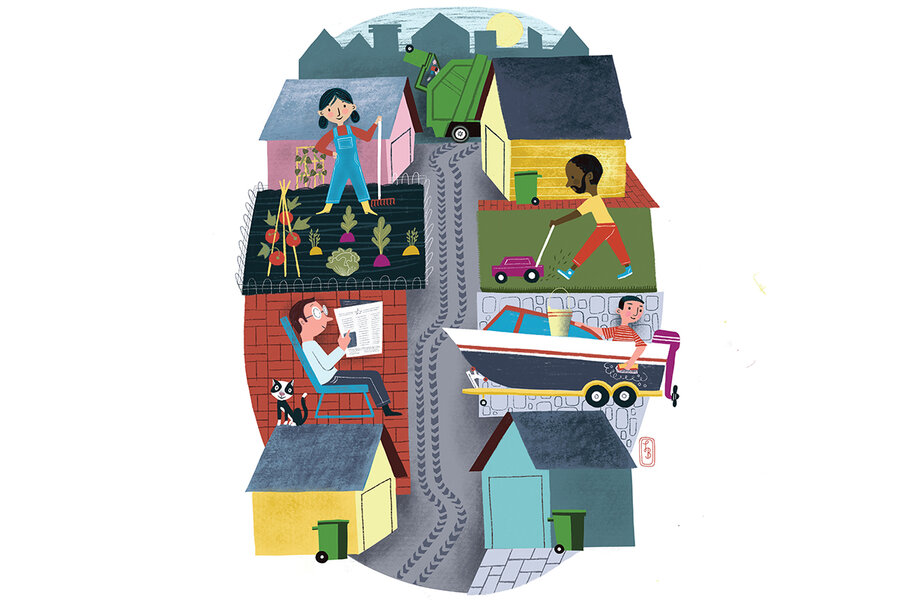This is what freedom looks like, people
Loading...
We’ve got alleys in our neighborhood. Some are paved, and most are not. They’re left over from the days the garbage trucks used them, and if you squint even further into the past, you might see an antique milkman making his rounds. The system was handy and orderly. It was a bit of the commons, in a world increasingly devoted to the sacred freedom of the individual.
There wasn’t a lot of room for error with those garbage trucks, I’ll say that. The alleys were lined with flimsy garages with nothing holding them up but force of habit, and they sagged into the right of way in a stiff breeze. Ours burned down long ago, but those still remaining have been claimed by moss, mold, and an array of microorganisms, and are trying to be one with the earth again.
Somehow, though, the garbage trucks always made it through.
Then something happened on a city level by way of progress. Everyone got recycling bins and yard-debris bins and new garbage cans, and the trucks got too big for the alleys. They’re arguably too big for the streets, too, but there they are, the size of aircraft carriers, piloted by drivers standing up on the wrong side with one foot dangling out, and they lumber ahead without ever checking to see if anyone is in the way. All surviving neighbors have learned to freeze in place when the garbage trucks come by.
Without a doubt this is an improvement. The city is making mountains of compost, a certain portion of stuff that ends up in the recycling bins actually gets recycled, and, in theory at least, there’s less going to our collective midden, the landfill. It’s still a horrifying display of waste.
Most of us have become avid consumers, as our economic system dictates, and everything we buy is mummified in plastic. We don’t know what to do about it, so we display it in front of our houses on garbage day and try to fend off shame.
Meanwhile, in the absence of the old garbage trucks, the alleys started to change. It seemed to happen organically, but that’s not really true. Individual homeowners made decisions, big and small, that changed the alleys, which began to meander, like streams pushing into soft silt, or like a toddler with no supervision. Ours, for instance, is no longer straight.
Some of the neighbors sensed an opportunity to enlarge their yards. Some didn’t care. And alleys have feelings, too: They shrink from aggression and lean toward courtesy. Our alley sidles toward our yard, where my husband, Dave, put up his masonry wall well within the property line just to be polite. But if you want to grab a few inches of the alley for yourself, why, you can just go ahead and do it. It’s supposed to be a public right of way but nobody’s really in charge.
Other alleys are impassable altogether. The next alley over was altered at one end to accommodate an enormous recreational vehicle and people to the south can’t get through. Some people decided to grow vegetables in the alley, and other people decided it was a great place to stack up all their garbage. Sometimes neighbors consult each other, and sometimes they collaborate, and sometimes they just do whatever they want. Some of the alleys have been taken over by roving gangs of blackberries.
This is what freedom looks like, people. Some folks get tomatoes, some folks get extra parking, and some folks get left out. But nobody’s getting milk anymore.





